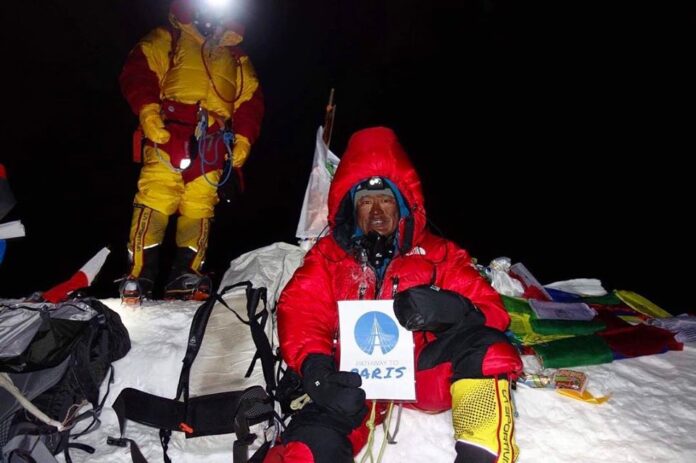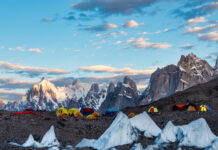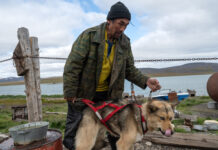Text and images by Subhasish Chakraborty
As a much published Travel Writer and a diehard Himalayan aficionado, I vividly recall my
association with Nepal’s first ever Tourism campaign – The Visit Nepal Year 1998. I was
then working for one of Nepal’s premier inbound tour operator – Nepal Travel Information
Centre at their New Delhi based office and inspite of my repeated requests for more
advertisements and writeups on Nepal as a destination to my bosses, the role of the media
was underutilised and that media negligence I feel is still prevailing in 2020s Nepal.
How many of us, especially in the travel media, are even aware of one stupendous feat that was accomplished by a Sherpa and one of the world’s most outstanding mountaineer – Ang Tshering Lama and his team who on June 21st 2017 successfully conducted the world’s highest rescue mission on Mt.Everest? Where was the media? Where were the breaking news reporters should have flashed to the waiting world?
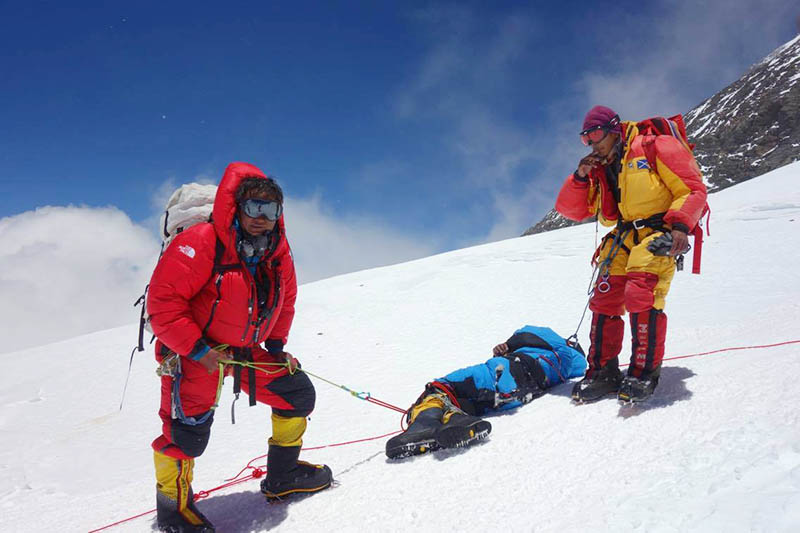
Well, I have waited with bated breath for 3 long years and keenly observing the role of the travel media in the Indian subcontinent. It needs no reiteration to state that the subcontinental media are failing the very journalists who in fact serve them.
Back in 1953, the whole world was stupefied by the press battle to report on the first successful ascent on Mt. Everest when Edmund Hillary and Tenzing Norgay first set foot on planet earth’s highest point. Why and what stopped the travel media from dessiminating the historic feat of Ang Tshering Lama and his team of trained Sherpas who went on to successfully achieve the world’s highest mountain rescue operation on June 21st, 2017?
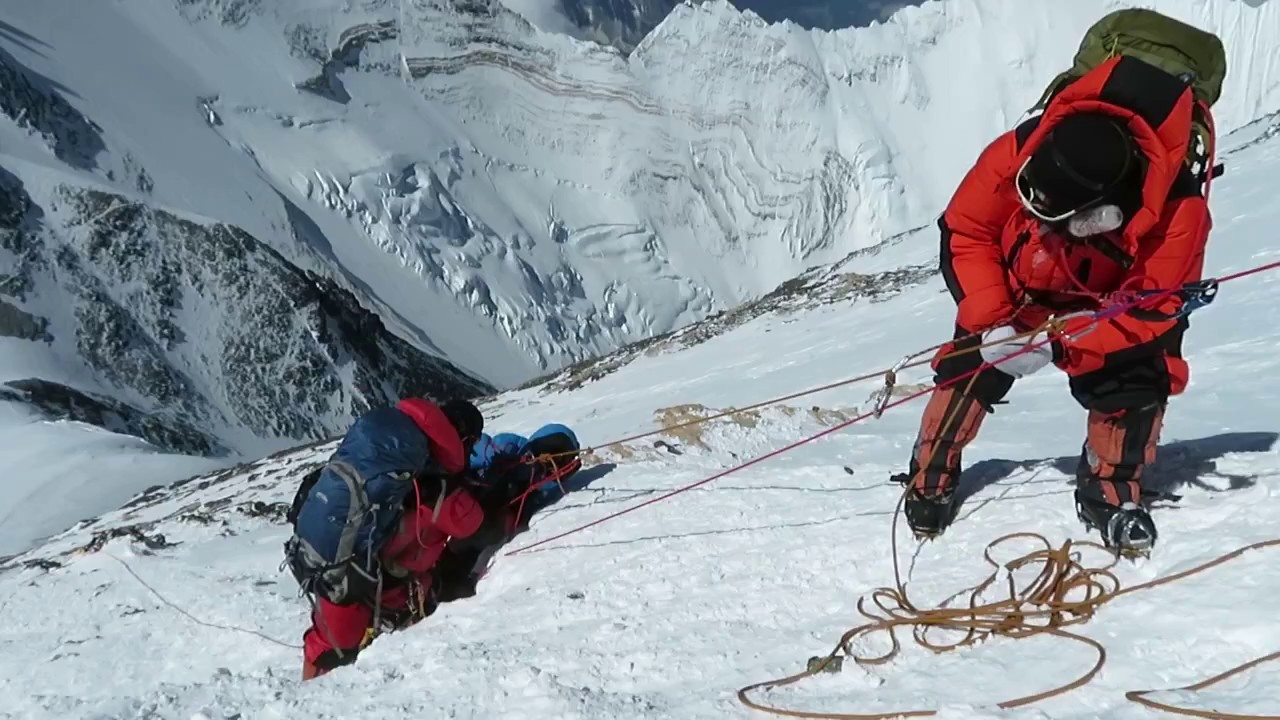
Being a Travel Journalist for the past two decades, I myself would have been completely unaware of this magnificent mountaineering feat had I not accidentally surfed the National Geographic website 6 months later. What a shame.
The National Geographic quotes – “Ang Tshering Lama, founder of Angs Himalayan Adventures, and a group of Sherpas helped prevent the death toll from growing by two on June 21, 2017. With their combined expertise and courage, the guides rescued a pair of dangerously impaired climbers and brought them safely down the mountain”. And here is the link to the incredible video footage of Ang and his team of Sherpas –
“Watch: Everest Climbers’ Lives Saved by Chance Encounter.”
As my curiosity grew further, I made a few phone calls to Ang’s adventure company at Kathmandu – https://www.angshimalayanadventures.com and more surprises awaited me. I was told by the courteous staff that Ang is up in the mountains and that he has just summitted on top of Mt.Everest, this time with two Sherpa widows on May 23rd , 2019.
Let me recreate the Press scenario surrounding the first ascent of Mt.Everest on 1953 viz-a-viz a report by BBC reporter Rhodri Owen. She said, “With perfect timing, on the morning of Tuesday 2 June, the day of the coronation in London of Queen Elizabeth II, The Times newspaper published its correspondent James Morris’s dispatch from the mountain describing the expedition’s success”.
Another authoritative source of the Press’ sterling role viz-a-viz the 1953 conquest of Mt.Everest is the Manchester Guardian’s coverage entitled Everest 1953: A new, timely and brilliant jewel.
Manchester Guardian quotes – “News of the triumph appeared on the Manchester Guardian’s front page a few days later on 2 June, the eve of the Queen’s coronation.The paper, after hailing this great achievement as a ‘new, timely, and brilliant jewel in the Queen’s diadem’, concluded that the mountain ‘is in its nature a terminal point…It is doubtful whether anyone will ever try to climb Everest again”.
The Guardian’s coverage of the epic summit was so well planned that it would put the contemporary world’s most technologically advanced print and electronic media houses to shame. Be it the 1951 Reconnaissance Expedition, news related to Yeti footprints, John Hunt’s appointment as the head of the expedition instead of Eric Shipton to the latest technological gadgets and mountain gears……it was travel journalism at its best!
Often, the post-summit coverage is more important than the pre-summit ones, and the Guardian was brilliant in terms of offering plenty of coverage, post-1953 Everest summit through enlightening editorials.
As travel journalists, we are all obligated to highlight not just exotic destinations, events, and festivals, but also bring stellar achievements in the world of tourism to light. And, here is a case which the world should know and applaud – Ang Tshering Lama, Nepal’s Mountain Man, credited with multiple ascents of Mt.Everest, conducting the world’s highest – and may I add – the world’s most dangerous rescue operation and leave alone this one-of-a-kind Sherpa’s commitment for the Himalayas, its ecology and his own Sherpa folks is the stuff of legends.
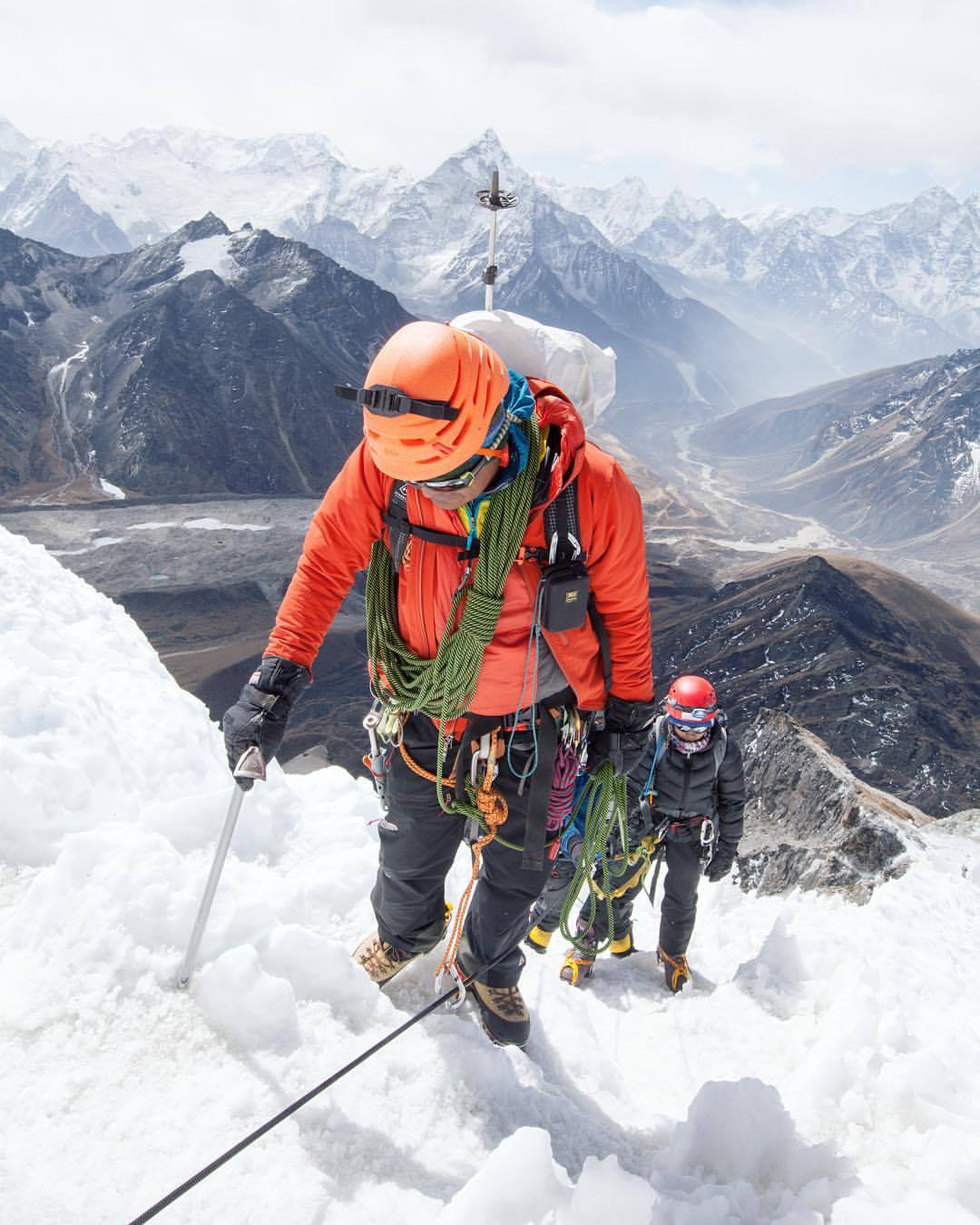
But somehow, somewhere things aren’t what it should be. Particularly when it comes to the question of media’s role in highlighting stupendous mountaineering feat. And I have every reason to complain that these indegenous sturdy Sherpas have not been given their due recognition.
I am compelled to quote avid mountaineer Robert Phelp’s comment, post Ang Tshering Lama’s Mount Everest Rescue Operation – “As happens too many times to number, these two people owe their lives to the brave men that overcame a stack of odds in order to bring them back to their families. Every person that has been to the top of Everest owe’s it all to the Sherpa’s, nobody else. Can one really say “I climbed”, when all they really did was follow a Sherpa, walk on a path broken by a Sherpa, hang on a rope fixed by a Sherpa, or climb with gear carried up by a Sherpa or team of Sherpas. Can anyone really that they climbed Everest without the aid of Sherpas?
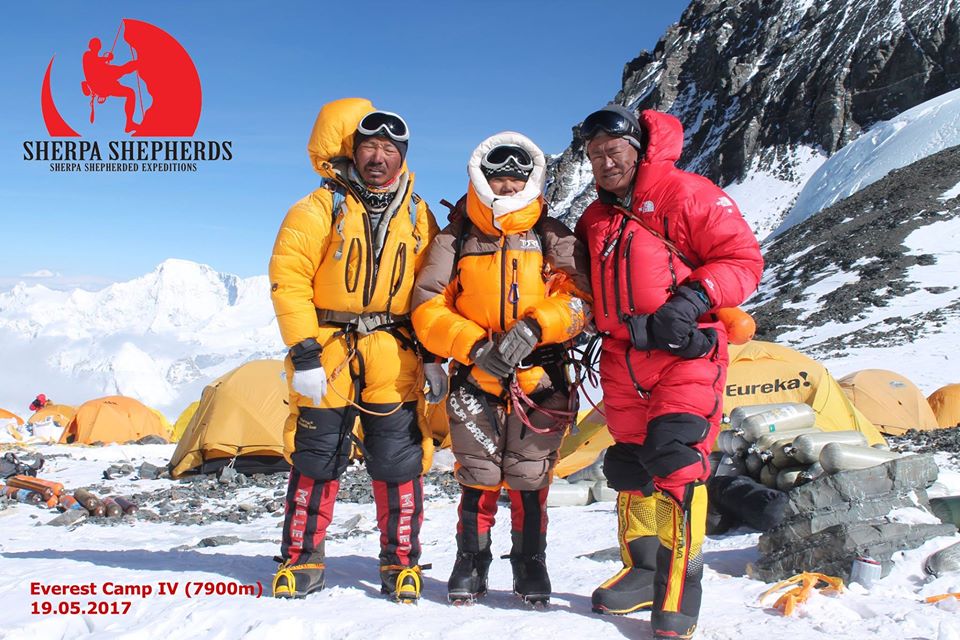
Off late, I have been following the works of Cristen Conger – How Sherpas Work where she states that – “Sherpas lead a utilitarian existence, with many surviving through trade and subsistence farming”. Conger further reiterates – “The Sherpa’s ability to perform such strenuous labor in higher altitudes with less oxygen has been a perplexing phenomenon for scientists. In fact, some Sherpa have summited Mount Everest without the additional supply of oxygen that is standard issue on most climbs. Although the precise reason why they are better adapted has not been pinned down, studies have revealed that some Sherpas may have slightly more hemoglobin in their blood that transports oxygen to the tissues to fuel metabolism compared with people who live at sea level”.
An incredible characteristic of Sherpa life is the nonexistence of wheels due largely to the perfidious mountain landscape, which means the total absence of wheeled transportation, particularly in the rarefied higher reaches of the Himalayas. Can you imagine the hardship involved? Any movement from one place to another is either on foot or on the backs of Himalayn Yaks. Startling revelation! Ain’t it?
There are uncountable instances of Sherpas coming to the aid of alien mountaineers suffering from altitude sickness at rarefied heights with not a soul to be seen in the near vicinity. And they have done it for centuries together without any fuss, publicity and drama!
When it comes to the issue of Sherpa people’s recognition for acts of bravery, courage and heroism, I as a Travel Writer feel the media has played a lopsided role so far and hasn’t been belligerent enough when it comes to highlighting the “Sherpa Pride”.
I am often asked by mainstream media professionals as well as my friends in the travel media – Why can’t travel journalism in the Himalayas deliver quality? Is it not a shame if in today’s hi-tech world of media reporting we can’t lend a voice to those unsung heros of the Himalayas?
The case of Ang Tshering Lama and his Rescue Mission on top of Mt.Everest had all the ingredients of a Hollywood thriller – suspense, high drama and a perfect culmination, which the travel media failed to latch on to and deliver at the world stage. This was one great opportunity to showcase the quintessential “Sherpa Pride” in all its glory at the altar of world tourism.
However, mountaineering will never ever go out of fashion as long as there are heros like Ang Tshering Lama. This Himalayan bloke’s life will leave you breathless.
Long Live Sherpa Pride. Om Mane Padme Hun.
________________________________________________________________________
About Subhasish Chakraborty
 Subhasish Chakraborty has been working as a travel journalist for the past two decades and has been editorially involved with numerous international in-flight magazines of renowned airlines like Cathay Pacific, Dragon Air, Bhutan Airlines, Air Asia, Airport Authority of India and many more. He was also involved with the UNWTO (World Tourism Organization) as a consultant.
Subhasish Chakraborty has been working as a travel journalist for the past two decades and has been editorially involved with numerous international in-flight magazines of renowned airlines like Cathay Pacific, Dragon Air, Bhutan Airlines, Air Asia, Airport Authority of India and many more. He was also involved with the UNWTO (World Tourism Organization) as a consultant.
For more captivating stories like this one, subscribe to Asian Geographic Magazine here.


